中国沪深300股指期货研究
摘要中国沪深300股指期货虽只运行短短四年,但对我国资本市场的发展却具有重大意义,所获成就有目共睹,其成立是对中国金融市场多空交易机制的进一步完善。通过理论分析与实证分析相结合,重点研究了中国股指期货市场的多重分形特性,价格预测,股指期货与现货市场的关系等问题。一、通过应用MF-DFA法对我国股指期货市场进行了多重分形和市场风险研究。结合多重分形谱模型,最终研究结果表明中国股指期货的收益率具有长相关性和多重分形性。期货价格的波动性不能由一个单一的标度指数描述。进一步通过将原始序列和转换后的收益序列进行比较,发现虽然厚尾概率分布对多重分形特性产生了一定程度的影响,但中国股票指数期货市场的多重分形...
相关推荐
-
我国基层财政困难的制度成因分析与对策研究VIP免费
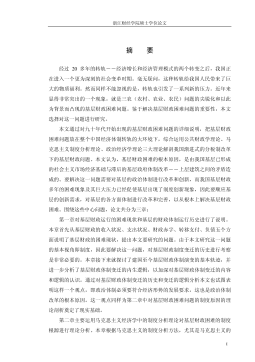
 2024-09-20 42
2024-09-20 42 -
我国煤电产业链纵向交易合约机制研究VIP免费
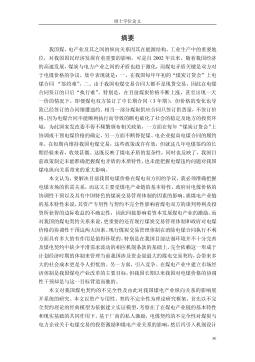
 2024-09-20 33
2024-09-20 33 -
生产要素视角下的上海市产业结构优化研究VIP免费
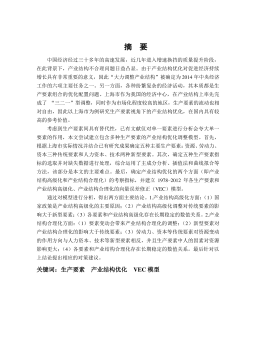
 2025-01-09 8
2025-01-09 8 -
我国银行业结构与经济结构关系研究VIP免费
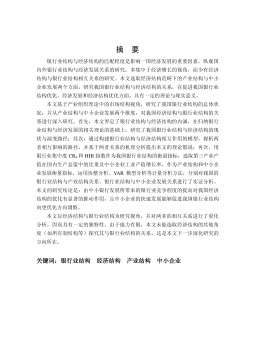
 2025-01-09 16
2025-01-09 16 -
大数据视角下农业供应链金融研究VIP免费
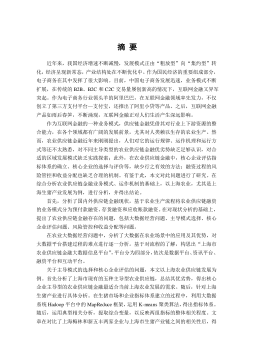
 2025-01-09 12
2025-01-09 12 -
跨国大型综合超市的规划研究VIP免费
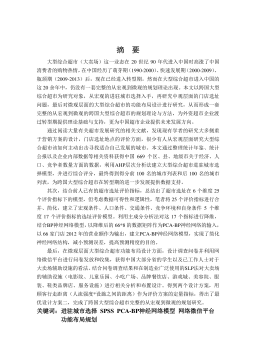
 2025-01-09 9
2025-01-09 9 -
跨境电商农产品质量安全问题研究VIP免费
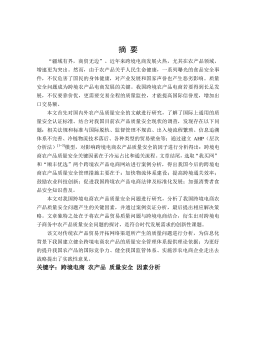
 2025-01-09 9
2025-01-09 9 -
世界市场的虚拟化与我国国际电子商务发展方向研究VIP免费
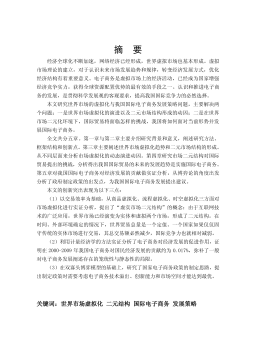
 2025-01-09 29
2025-01-09 29 -
中国政府对电力行业的价格规制问题研究VIP免费
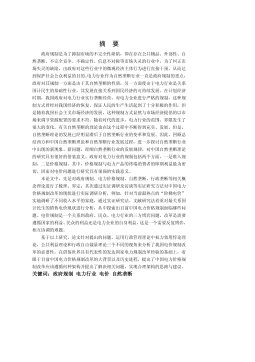
 2025-01-09 18
2025-01-09 18 -
中小企业信息化系统集成技术研究VIP免费

 2025-01-09 29
2025-01-09 29
相关内容
-

跨国大型综合超市的规划研究
分类:高等教育资料
时间:2025-01-09
标签:无
格式:PDF
价格:15 积分
-

跨境电商农产品质量安全问题研究
分类:高等教育资料
时间:2025-01-09
标签:无
格式:PDF
价格:15 积分
-

世界市场的虚拟化与我国国际电子商务发展方向研究
分类:高等教育资料
时间:2025-01-09
标签:无
格式:PDF
价格:15 积分
-

中国政府对电力行业的价格规制问题研究
分类:高等教育资料
时间:2025-01-09
标签:无
格式:PDF
价格:15 积分
-

中小企业信息化系统集成技术研究
分类:高等教育资料
时间:2025-01-09
标签:无
格式:PDF
价格:15 积分






